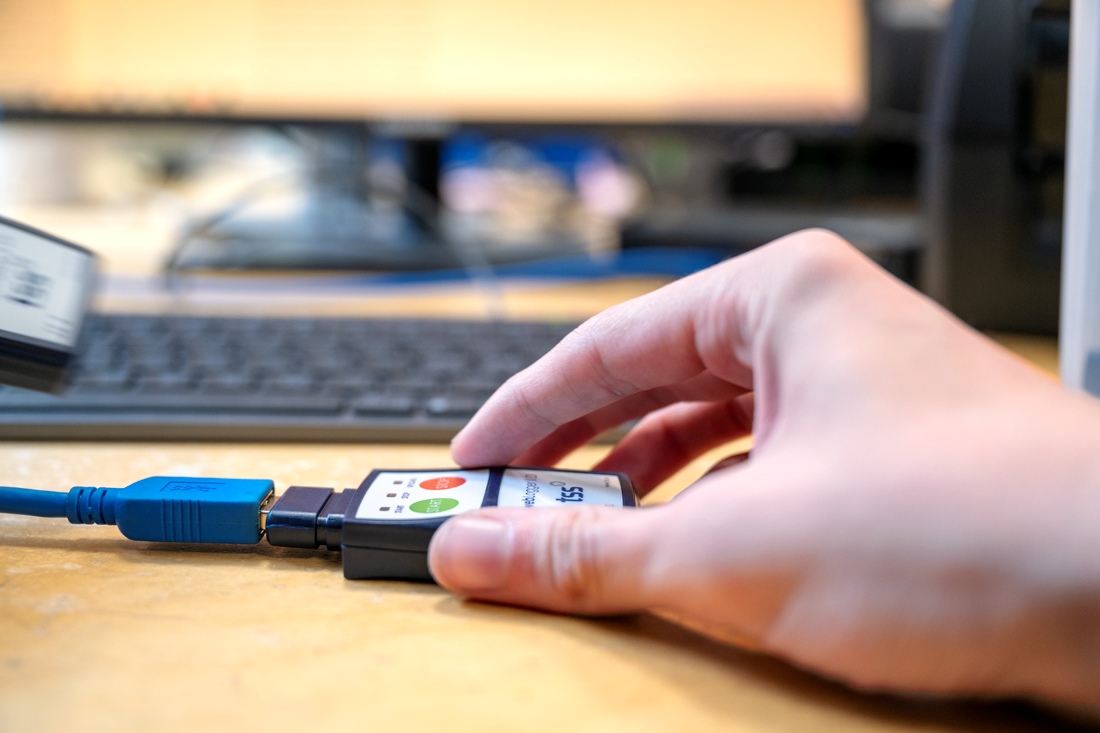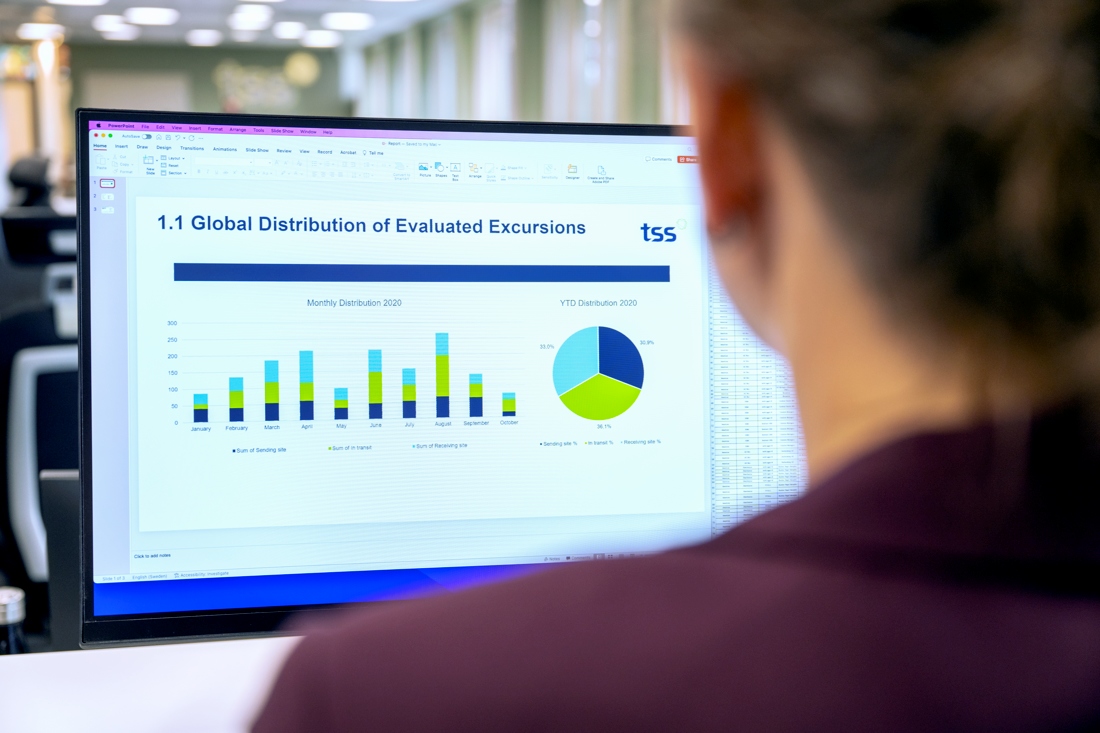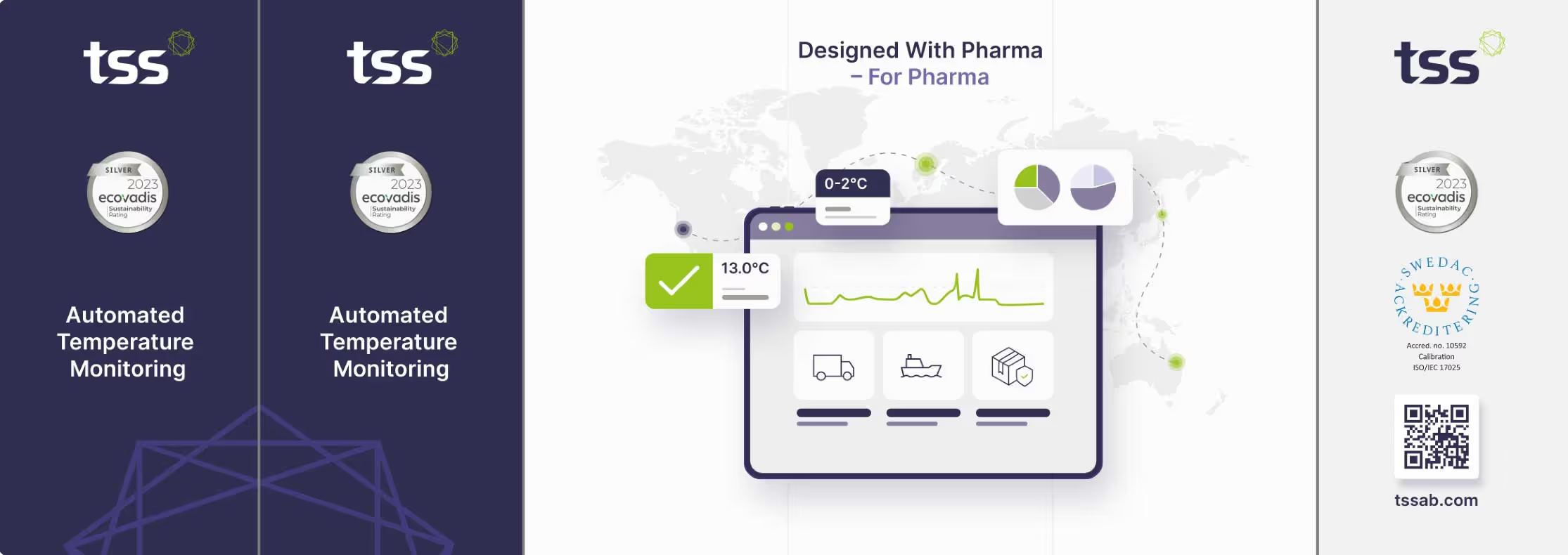10 Common Mistakes to Avoid During Customer Onboarding

Picture this: you’ve just signed up for a solution that promises to streamline your processes and solve a major problem in your business. You log in for the first time, but quickly find yourself confused by complicated instructions and unclear steps. You try to contact support, but you’re met with slow responses and half-baked answers. Suddenly, you’re questioning whether you made the right choice.
Now, imagine a different scenario. From the moment you start, the onboarding process is clear and easy to follow, with helpful instructions, personalized assistance, and a support team that’s always there when you need them. You feel confident using the product and excited about how it will help you succeed.
A well-structured onboarding can make or break your experience with a new product. Here are 10 common mistakes to avoid during onboarding, and how to ensure your experience is smooth from the start:
1. Not Communicating Clearly
Some companies unfortunately don’t provide enough information or regular updates, leaving their customers confused about what to expect.
The solution: Set up clear communication from the start. Let your customers know what will happen, when, and how they can reach support if needed. Regular updates help your customers feel involved and supported.
2. Not Providing Enough Training
Skipping in-depth training can leave your customers feeling lost, unsure of how to use the product effectively.
What to do instead: Offer clear, easy-to-understand training that meets the specific needs of each customer. At TSS, we make sure our customers know how to use our software and loggers to their full potential.

3. Making the Process Too Complicated
An onboarding process with too many steps or confusing instructions can overwhelm customers.
How to resolve it: Keep it simple. Break the process into small, easy steps, and use clear instructions. At TSS, we aim to make onboarding as easy as possible so customers can quickly start benefiting from our solutions.
4. Not Personalizing the Onboarding
Offering the same onboarding process to all your customers without considering their specific needs can lead to frustration.
How to handle it: Customize the onboarding experience to fit each customer’s business and requirements. At TSS, we adjust our implementation program to match each of our customer’s goals and challenges.
5. Not Setting Clear Milestones
Without clear goals or checkpoints, your customers may not know if they are making progress.
The way forward: Set up simple, measurable goals. This could be completing training, setting up the system, or integrating it with their existing tools. At TSS, we use clear milestones to track and celebrate progress.
6. Slow Response to Problems
Taking too long to solve customer issues can cause delays and frustration.
How to address it: Respond quickly to problems and questions. At TSS, we have a support system in place to handle any issues during onboarding, ensuring that our customers don’t experience unnecessary delays.
7. Not Engaging with the Customer Enough
Assuming the customer will stay engaged without regular contact from your team can lead to misunderstandings and delays.
How to avoid this: Stay in touch with your customers throughout the onboarding process. At TSS, we schedule regular check-ins and provide support at every step to keep customers on track and satisfied.

8. Poor Collaboration Between Teams
When internal teams like Product, Support, or Compliance don’t work together, the onboarding process can become confusing for the customer.
What to do instead: Ensure all teams involved in the onboarding process are aligned and communicate well with each other. At TSS, we work closely across departments to provide a seamless experience for our customers.
9. Ignoring Customer Feedback
Failing to ask for or act on customer feedback during onboarding can lead to missed opportunities for improvement.
How to get it right: Regularly ask customers how the process is going and adjust based on their feedback. At TSS, we value customer feedback as a way to improve and refine our onboarding process. By the end of every onboarding program, we plan for feedback opportunities and surveys.
10. No Ongoing Support After Onboarding
Lack of customer support after onboarding can leave customers feeling unsupported as they begin using the product.
How to handle it: Offer continuous support after onboarding. At TSS, we provide follow-up check-ins and ongoing assistance to make sure our customers are comfortable and successful with their new system.
|
At TSS, we focus on providing an onboarding experience that’s simple, personalized, and supportive, helping our customers get the most out of our temperature monitoring solutions. Ready to learn how TSS can make your onboarding experience easy and efficient? Contact us today to get started! Book a Demo > |
You may also be interested in

Logipharma report: A fast-track learning exercise in pharma supply chain innovation

LogiPharma Lyon 2024

TSS Celebrates WTISD 2024: Embracing Innovation, Digitalisation, and Sustainability
You may also be interested in

Can You Rely on the Results from Your Clinical Trials?


